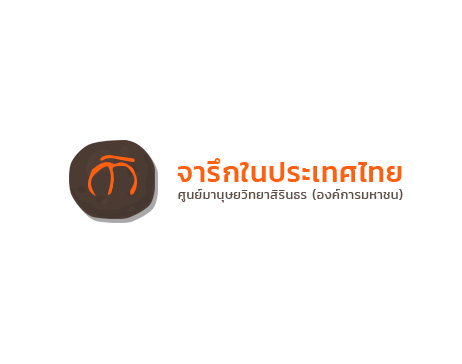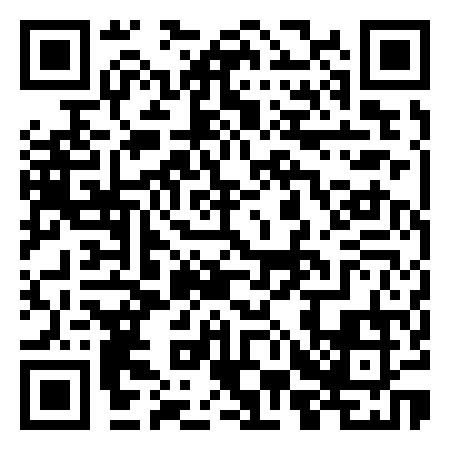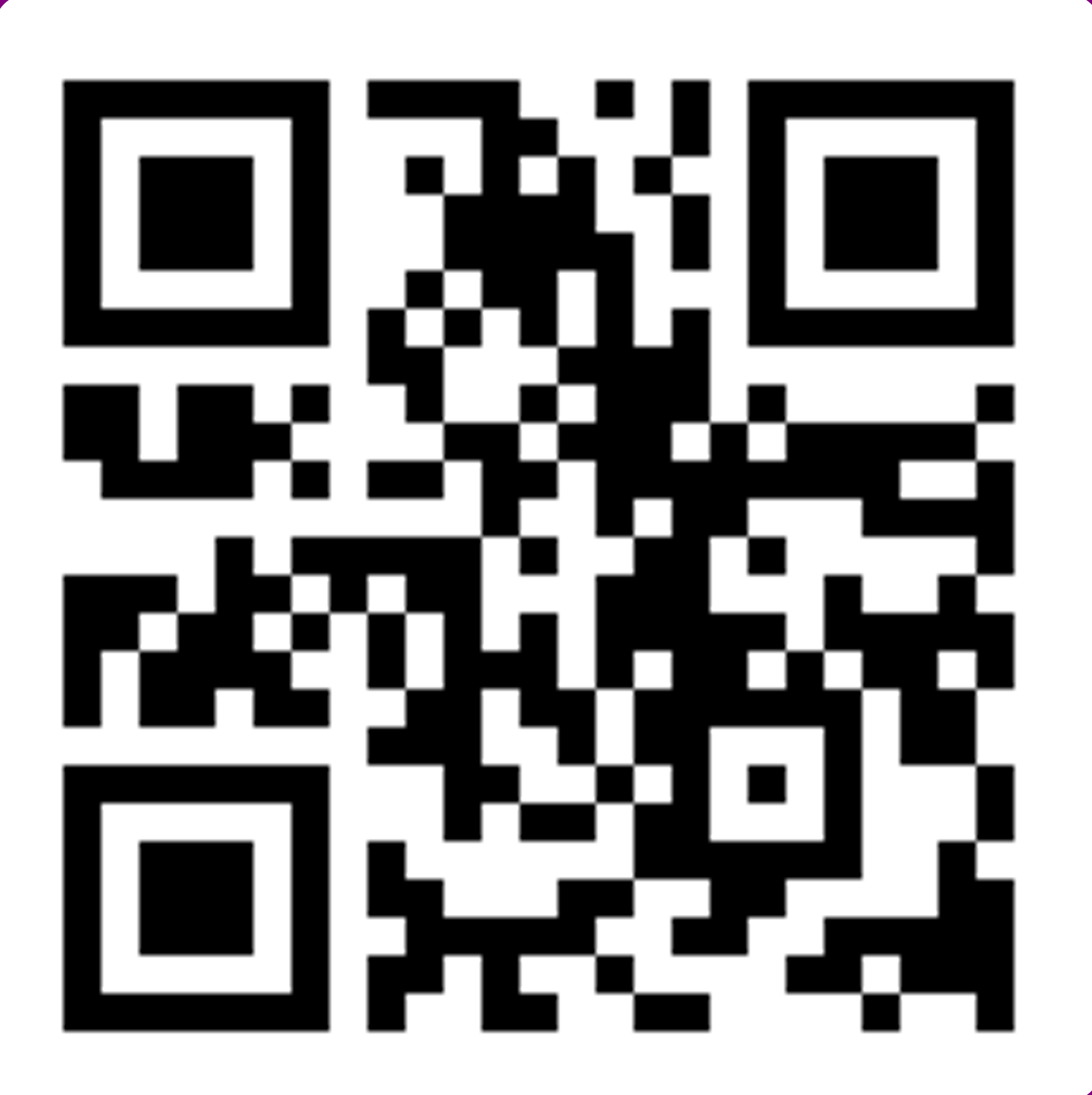จารึก
The Princess Maha Chakri Sirindhorn Anthropology Centre
จารึกเหรียญเงินทวารวดี (เมืองดงคอน 1)
จารึก
![]() โพสต์เมื่อวันที่ 13 ก.พ. 2550 13:59:58 ( อัพเดทเมื่อวันที่ 15 ส.ค. 2566 02:37:02 )
โพสต์เมื่อวันที่ 13 ก.พ. 2550 13:59:58 ( อัพเดทเมื่อวันที่ 15 ส.ค. 2566 02:37:02 )
ชื่อจารึก |
จารึกเหรียญเงินทวารวดี (เมืองดงคอน 1) |
ชื่อจารึกแบบอื่นๆ |
เหรียญตรารูปแม่วัวหันหน้าไปทางขวาและลูกวัว/จารึกอักษรปัลลวะภาษาสันสกฤต |
อักษรที่มีในจารึก |
ปัลลวะ |
ศักราช |
พุทธศตวรรษ 12 |
ภาษา |
สันสกฤต |
ด้าน/บรรทัด |
จำนวนด้าน 1 ด้าน มี 2 บรรทัด |
วัตถุจารึก |
เงิน |
ลักษณะวัตถุ |
เหรียญทรงกลมแบน ด้านหนึ่งมีจารึก อีกด้านหนึ่งมีรูปแม่วัวหันหน้าไปทางขวา |
ขนาดวัตถุ |
เส้นผ่าศูนย์กลาง 1.70 ซม. |
บัญชี/ทะเบียนวัตถุ |
ในวารสาร ศิลปากร ปีที่ 34 ฉบับที่ 2 (มีนาคม-เมษายน 2534) กำหนดเป็น “เหรียญตรารูปแม่วัวหันหน้าไปทางขวาและลูกวัว/จารึกอักษรปัลลวะภาษาสันสกฤต” |
ปีที่พบจารึก |
ไม่ปรากฏหลักฐาน |
สถานที่พบ |
แหล่งโบราณคดีเมืองดงคอน บ้านดงคอน ตำบลดงคอน อำเภอสรรคบุรี จังหวัดชัยนาท |
ผู้พบ |
ไม่ปรากฏหลักฐาน |
ปัจจุบันอยู่ที่ |
ไม่ปรากฏหลักฐาน |
พิมพ์เผยแพร่ |
1) โบราณคดีเมืองดงคอน (กรุงเทพฯ : อมรินทร์พริ้นติ้งกรุ๊พ จำกัด, 2530), 24-25. |
ประวัติ |
เหรียญเงินนี้ เป็นเหรียญเงินที่มีจารึก 1 ใน 3 เหรียญที่พบที่เมืองโบราณดงคอน อำเภอสรรคบุรี จังหวัดชัยนาท ภูธร ภูมะธน ได้กล่าวถึงเหรียญเงินนี้ ในหนังสือ “โบราณคดีเมืองดงคอน” ตีพิมพ์เมื่อปี พ.ศ. 2530 พร้อมกับเหรียญเงินอีก 2 เหรียญ ต่อมา เมธินี จิระวัฒนา ได้เรียบเรียงข้อมูลของเหรียญเงินโบราณขึ้นเขียนเป็นบทความชื่อ “เหรียญตรารุ่นเก่าที่พบในประเทศไทย ระหว่างพุทธศตวรรรษที่ 11-15” ตีพิมพ์ในวารสารศิลปากร ปีที่ 34 ฉบับที่ 2 (มีนาคม-เมษายน 2534) โดยเหรียญทั้ง 3 ดังกล่าวก็ถูกกล่าวถึงไว้ในบทความนี้ด้วยเช่นกัน |
เนื้อหาโดยสังเขป |
คำจารึกที่ว่า “ศฺรี ทฺวารวตีศฺวรปุณฺย” หรือ “พระเจ้าศรีทวารวดีผู้มีบุญอันประเสริฐ” เป็นการยืนยันถึงการมีอยู่จริงของอาณาจักรทวารวดี ซึ่งสอดคล้องกับทั้งเอกสารจีนร่วมสมัยและโบราณวัตถุสถานที่พบในเขตลุ่มแม่น้ำท่าจีน-แม่กลอง-ป่าสัก ในประเทศไทย ส่วนด้านหน้าของเหรียญทำเป็นรูปแม่โคกับบุตรนั้น ศ. ดร. ผาสุข อินทราวุธ ได้อธิบายไว้ในหนังสือทวารวดี การศึกษาเชิงวิเคราะห์จากหลักฐานทางโบราณคดี ว่า “โค เป็นสัญลักษณ์พลังอำนาจด้านการผลิตของธรรมชาติ โดยพลังอำนาจด้านการผลิตของธรรมชาตินี้ สัมพันธ์กับคติการนับถือพระแม่ หรือ เทพีแห่งความอุดมสมบูรณ์ของพืชพันธุ์ธัญญาหาร และสัมพันธ์กับคติการบูชาคช-ลักษมี (เทพีแห่งความมั่งคั่งและความอุดมสมบูรณ์) สัญลักษณ์รูปแม่โคกับบุตร จัดเป็นหนึ่งในมงคล 108 ประการ และปรากฏบนตราประทับของกษัตริย์เมืองนคร ซึ่งเป็นรัฐอิสระที่ตั้งอยู่ทางภาคตะวันตกของอินเดีย ในช่วงพุทธศตวรรษที่ 9-10 จัดเป็นสัญลักษณ์ของความอุดมสมบูรณ์ของผลิตผลทางการเกษตรและปศุสัตว์ และการที่กษัตริย์ทวารวดีเลือกสัญลักษณ์นี้มาใช้บนเหรียญของพระองค์ ก็เป็นเครื่องยืนยันว่าพระองค์สามารถควบคุมธรรมชาติให้มีผลผลิตที่อุดมสมบูรณ์” เหรียญเงินที่มีจารึกลักษณะเช่นนี้ ปัจจุบันได้สำรวจพบแล้วในหลายพื้นที่ คือที่เมืองนครปฐมโบราณ เมืองอู่ทอง (จังหวัดสุพรรณบุรี) เมืองคูบัว (จังหวัดราชบุรี) เมืองคูเมือง (จังหวัดสิงห์บุรี) เมืองพรหมทิน (จังหวัดลพบุรี) เมืองดงคอน และเมืองอู่ตะเภา (จังหวัดชัยนาท) |
ผู้สร้าง |
ไม่ปรากฏหลักฐาน |
การกำหนดอายุ |
กำหนดอายุตามอักษรปัลลวะ อายุราวพุทธศตวรรษที่ 12 |
ข้อมูลอ้างอิง |
เรียบเรียงข้อมูลโดย : ตรงใจ หุตางกูร, โครงการฐานข้อมูลจารึกในประเทศไทย, ศมส., 2547, จาก : |





